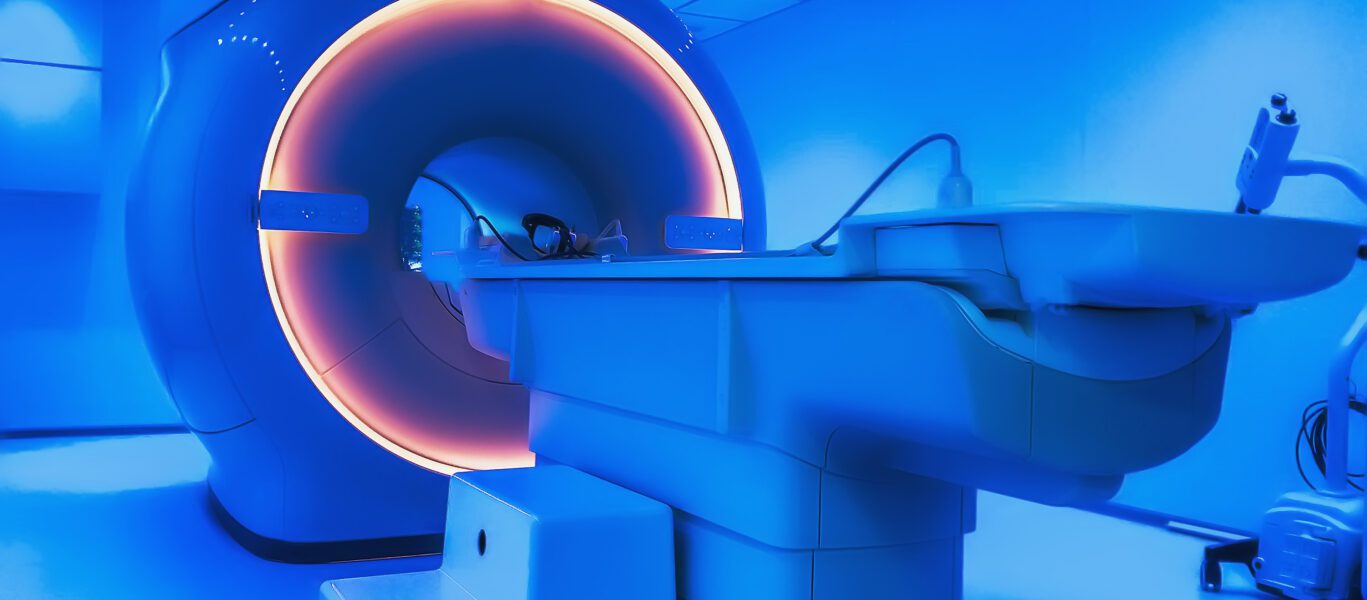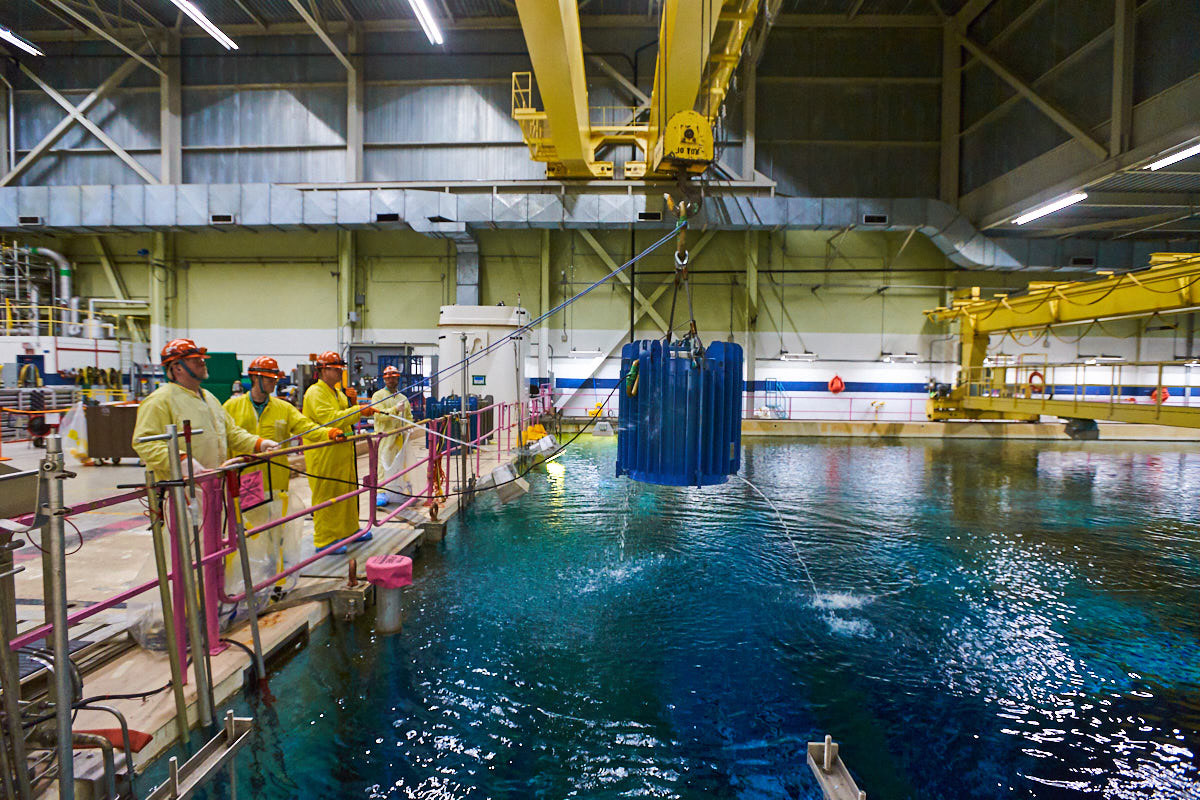Nuclear energy saves more than our planet - it saves lives
Nuclear isotopes, harvested directly from Ontario Power Generation's (OPG’s) CANDU reactors, are used to sterilize medical devices and play an important role in medical imaging and diagnostic procedures, as well as in medicine and new drug development. From cancer to Alzheimer’s to brain disease, medical isotopes are a game changer and OPG and its subsidiary, Laurentis Energy Partners, are leading the way for the world.
Beyond medicine, stable and radioactive isotopes are also helping to aid in neutron research, border security, food preservation, quantum computing, and so much more.
This is a fascinating, fast-changing, and life-saving field – and none of it would be possible without Ontario’s fleet of low-cost, reliable, and emission-free nuclear power reactors.
Nuclear medicine
When was the last time a coal plant saved a life?
0
40
million nuclear medicine procedures are performed each year
#1
Darlington will be the world's only commercial power reactor source of Molybdenum-99
50
of the world’s Cobalt-60 (approx.) is supplied by Ontario’s CANDU reactors
Key isotopes
Cobalt-60 (Co-60) | About 40% of the world’s single-use medical devices, such as syringes, gloves, implants, and surgical instruments, are irradiated and sterilized with Co-60. The isotope emits gamma radiation, which makes it ideal to enhance the safety of medical products and perishable foods such as fruits, meats and spices. Currently, Cobalt-60 is extracted from reactors at Pickering Nuclear and Bruce Power's Bruce B plant every 24 to 30 months. Plans are underway to expand Cobalt-60 production to Darlington Nuclear to ensure a steady supply. Ontario’s CANDU reactors produce 50% of the world’s supply of the isotope. |
Molybdenum-99 (Mo-99) | Mo-99 is a much-needed medical isotope used in over 30 million procedures a year to detect illnesses like cancer and heart disease. OPG subsidiary Laurentis Energy Partners is now working with BWXT to harvest Mo-99 from OPG’s Darlington Nuclear station. This will make Darlington the first commercial-scale reactor in North America to produce Moly-99, ensuring a stable domestic supply of this critical product. |
Helium-3 (He-3) | He-3 is a rare isotope, used in quantum computing, neutron research, border security and medical imaging. In September 2021, OPG subsidiary Laurentis announced its program to produce He-3. Laurentis obtains the He-3 from tritium stored at the Darlington Nuclear station. A stable (non-radioactive) and inert gas, the He-3 will be extracted using a new custom-designed tool, which Laurentis installed and commissioned at Darlington. Laurentis signed a long-term commercial agreement with Air Liquide for the distribution of He-3. As an expert in gas management and extreme cryogenics, Air Liquide will further purify the He-3 before packaging and distributing it to its clients around the world in health care, security and advanced research. |
Tritium (H-3) | Tritium is used in the production of self-powered lights and medical research. Minute amounts of tritium combined with phosphor create a long-lasting, self-powered light source that does not require electricity, used in watch dials and exit signs. |
Heavy water (D2O) | Heavy Water (D2O) is like regular water (H2O), but it has an isotope of Hydrogen called Deuterium (H-2 or D) instead of the common Hydrogen (H-1). It is used in our CANDU reactors to sustain our nuclear chain reaction. Deuterium can be used to enhance magnetic resonance imaging and help pharmaceuticals last longer in the bloodstream. In September 2020, OPG subsidiary Laurentis Energy Partners announced a collaboration agreement with BWXT Canada Ltd. (BWXT) to develop technology that will assist in the recycling of heavy water at OPG's nuclear facilities. |
The wonders of Cobalt-60
Subscribe and stay informed
Sign up to receive the latest news, project updates, and event information from OPG.




